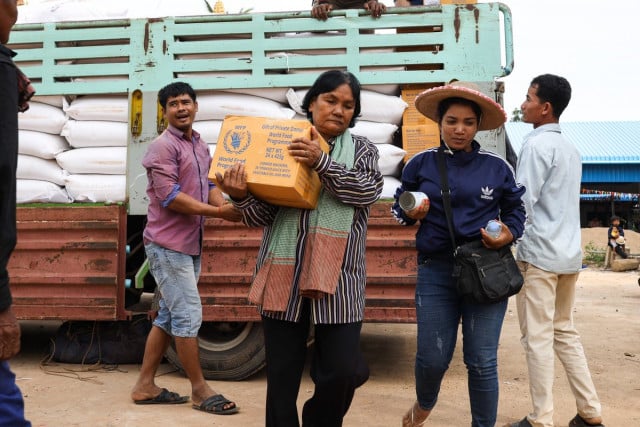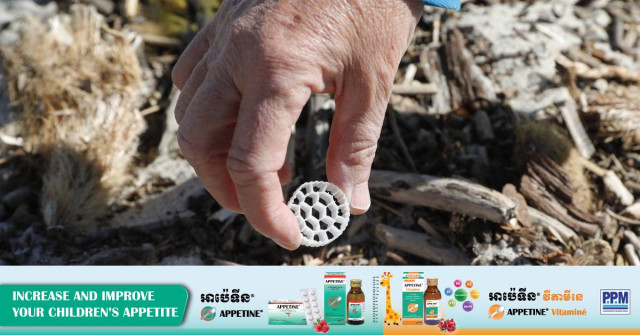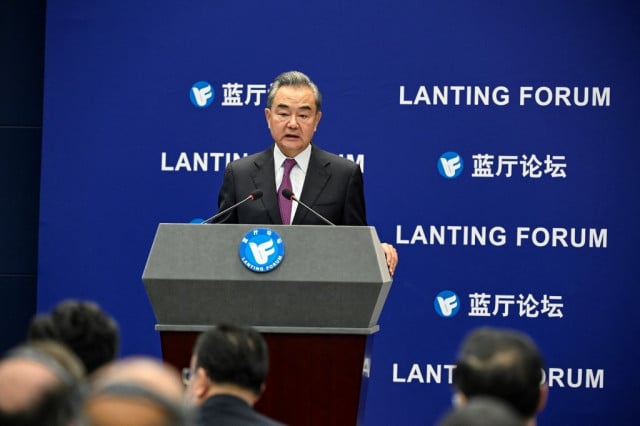WFP distributes food to vulnerable households in Cambodia in response to COVID-19

- By Xinhua News Agency
- June 30, 2021 2:12 PM
PHNOM PENH-- The World Food Program (WFP), in partnership with Cambodia's Ministry of Education, Youth and Sports (MoEYS), on Tuesday began distributing family food parcels to 39,650 vulnerable households, benefiting close to 200,000 people in five provinces, said a press release.
The assistance benefits families who have been identified as vulnerable by local authorities, hold the national IDPoor equity card and have children enrolled in the schools supported by the WFP and MoEYS school meals program, the release said.
In normal times, the school meals program of the WFP and MoEYS provides nutritious and healthy meals to 223,000 children in 908 target schools in the five provinces of Siem Reap, Oddar Meanchey, Kampong Thom, Kampong Chhnang and Pursat, it said.
Since the start of the COVID-19 outbreak and related school closures, children have missed out on the nutritious cooked breakfasts, the release said, adding that this has particularly impacted children from the poorest families, many of whom have also suffered from loss of income and livelihoods.
Claire Conan, WFP's representative in Cambodia, said that at this time of heightened needs, the WFP and MoEYS' food distribution complements other social assistance initiatives from the Cambodian government, which were expanded in recent months.
"It will contribute to meeting the needs of particularly vulnerable households and ensure that children do not miss out on food during this crisis," she said.
This is the fourth round of food distribution meant to mitigate the economic impact of COVID-19 on vulnerable households, she said, adding that the distributions are conducted through school networks with support from education departments, school administrations, commune and village authorities as well as NGO partners.
The rations include 25kg of rice, canned fish and vegetable oil, Conan said, adding that the WFP is also working closely with MoEYS and other partners to improve school infrastructure and facilities as a preparedness measure for a safe return to school.















